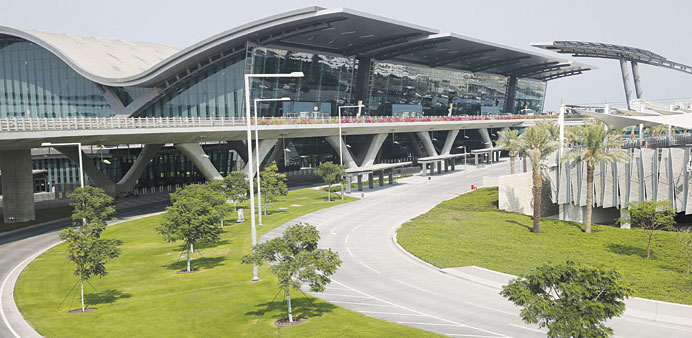By Pratap John
|
|
Qatar’s economy will continue to show “strong, although slowing momentum”, reflecting the country’s “robust private consumption and the significant infrastructure development programme”, S&P has said.
Economic risks for the Qatari banking sector remain average in a global comparison. Qatar has made some progress toward diversifying its economy although it still depends heavily on oil and liquefied natural gas (LNG) production, the rating agency said in its Middle East outlook.
S&P expects Qatar’s real estate market to recover from its sharp decline since 2009, although the commercial sector still remains more vulnerable than the housing segment.
This is one of the main risks faced by the Qatari banking sector, in S&P’s view, given its high concentration in lending to cyclical sectors like real estate and construction.
S&P credit analyst Timucin Engin said, “Our assessment of industry risks reflects marginally stronger competitive dynamics and improved systemwide funding for Qatari banks”.
After a few years of robust asset expansion, and even though Qatari banks’ risk appetite remains high, S&P expects lending growth to decelerate to about 15% in 2013 and the years ahead.
Moreover, growth will be driven to a large extent by exposure to the government, government-related entities, and a handful of major local groups involved in government-backed projects, where the risks are more limited.
S&P views the trend for Qatar’s economic risk as stable.
This reflects the strong momentum of the economy. Political risk, however, weighs on S&P’s assessment of Qatar’s economic resilience, as the country faces geopolitical risk.
S&P still expects material, but moderating, lending growth over the next few years.
The Qatar Central Bank is currently tightening regulation, which may further limit business and lending growth in the short to medium term.
S&P views the trend for industry risk in the Qatari banking sector as stable. The Qatari banking industry has an adequate share of core deposits, strong efficiency, and, recently, increasingly stringent lending practices.
However, risk appetite remains elevated, in S&P’s view, with high exposure to real estate lending, and ambitious expansion abroad.
S&P classifies the Qatari government as highly supportive toward its domestic banking system.
The Government of Qatar has provided very strong support for its banking system during times of stress, injecting capital to support banks and acquiring part of banks’ equity investments in the local stock market and the real estate sector when problems started to surface in some neighbouring countries.
The government has also decided to strengthen regulation to ensure that this support will not lead to the banking system taking uncontrolled risks.
The Qatar Investment Authority, Qatar’s sovereign wealth fund, bought another 10% stake in domestic banks in the first quarter of 2011 in an effort to increase their capital bases, following similar moves in 2009-2010.
“This capital injection was intended to strengthen banks’ balance sheets in view of Basel III requirements, and to enable them to fund higher loan growth ahead of the 2022 FIFA World Cup,” S&P said.



